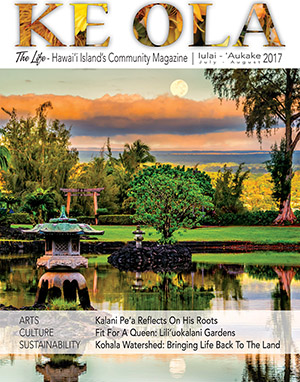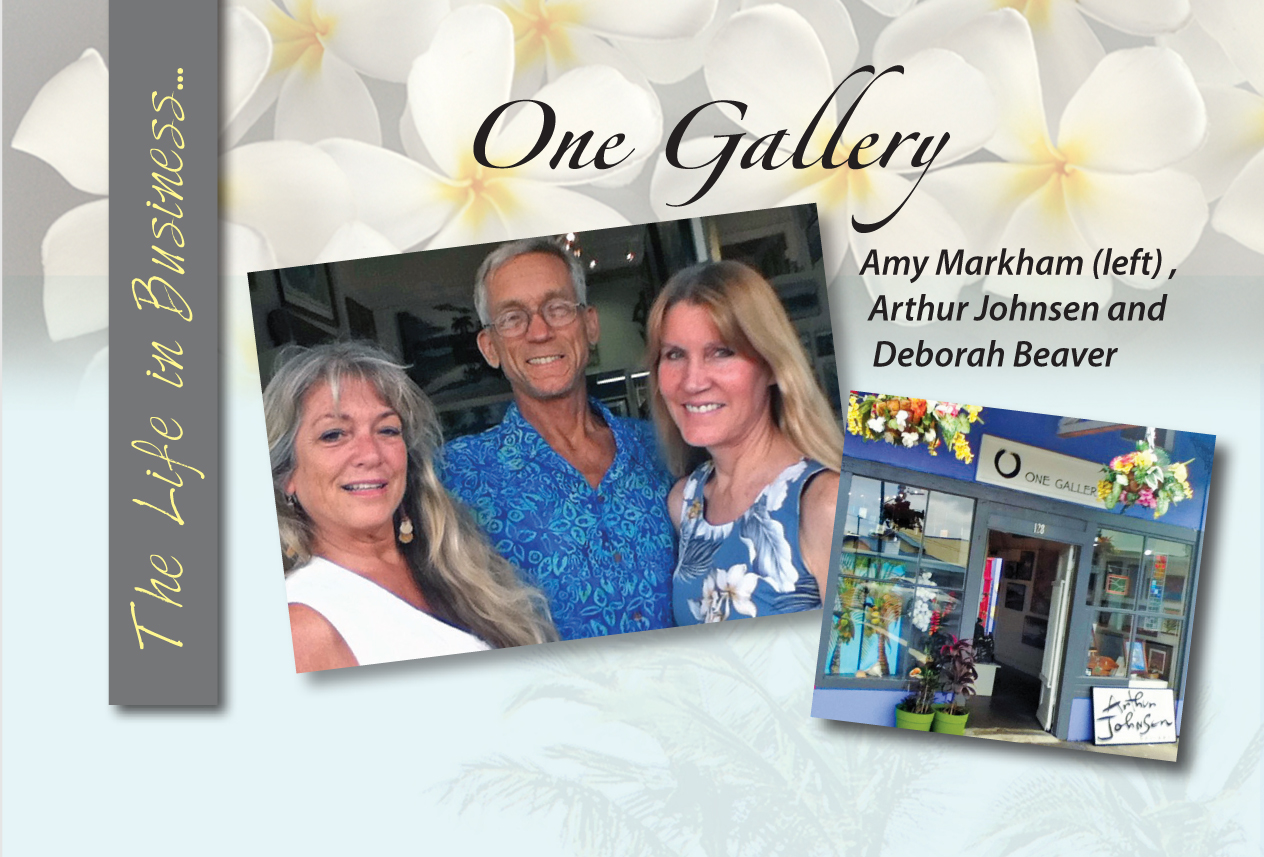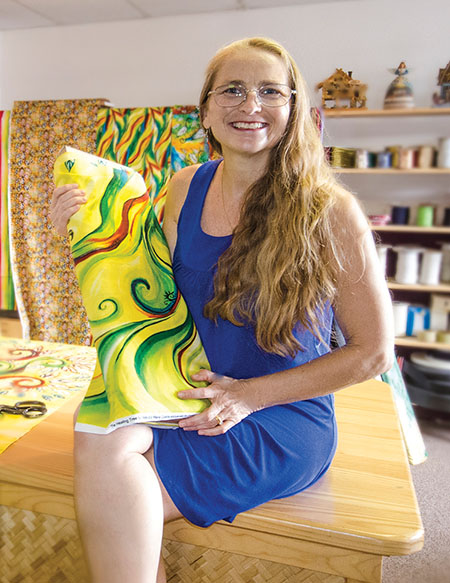Managing with Aloha: The ‘Ohana in Business
By Rosa Say
Nine key concepts shape Managing with Aloha as a culture-building workplace philosophy. Key Concept 6 is the ‘Ohana in Business.
As written in Managing with Aloha, the value of ‘Ohana “becomes a sacred ‘Imi ola form for sharing our lives with Aloha, for it gives us the unconditional gifts of love, understanding, forgiving, and acceptance.” In this way, ‘Ohana can also inform business well-being with ‘Imi ola’s highest form and best function.

‘Ohana then becomes a modeling aspiration business owners and managers can apply their visionary thinking to. What can their company be as a result of intentionally shaping its organizational structure in a values-driven way? How can the characteristic spirit of family shape behavioral culture building operationally?
Family is well-known as the meaning of ‘Ohana, however this is not to suggest that every business should be family-owned or family-run. The ‘Ohana in Business names a comprehensive business model which aspires to be a more inclusive and harmonious “human circle of Aloha” as the entrepreneurial pursuit and vision-aspiring enterprise it seeks to be.
10 tenets are suggested for an ‘Ohana in Business: It’s a business model wherein cash flow must be kept constant, as is the challenge of all businesses. Revenue streams are actively and intelligently pursued to firmly support these minimum requirements as the ‘Ohana of its structure:
1 – Everyone involved with the company—not just those employed by it—is considered both stakeholder and business partner in the “human circle of Aloha” the business identifies with.
2 – Everyone employed, works ON the business as well as IN it, recognizing that both of those engagement attentions are necessary. All financial information is shared and discussed, with financial literacy pursued as learning crucial to effectiveness in these engagements.
3 – The work culture’s trifecta is that it is values-centered, customer-focused, and mission-driven, with Ho‘ohana as a unifying value-driver. Therefore, the worthwhile work considered crucial to company Vision is the bar raised in all professional mission statements—it’s the Ho‘ohana sensibility of the trifecta.
4 – There are baseline value-alignment requirements for each and every value articulated within the Value Statement the business upholds as its Ethos.
5 – The worth of Alaka‘i management and leadership is understood and valued, yet organizational hierarchy is kept as flat as feasible. Employees’ interests are valued as highly as those of shareholders, and this fiduciary accountability extends to its board of directors.
6 – The dignity and Aloha Spirit of each person is highly respected, and their talents and strengths are fostered, however the key sustainability target of the company pursues a thriving, healthy culture, regardless of the individuals working within that culture.
7 – The ‘acid test’ of the workplace culture is Kākou communication: Everyone involved speaks up, and speaks freely regardless of their title or position. Problem-solving and cross-functionality are programmatically designed into this model for continuous improvement, fresh ideas, and dynamic energy generation.
8 – Equitable compensation is defined similar to a ‘living wage’ i.e. high enough to maintain a normal standard of living as defined by the geographic Sense of Place the business identifies with as its resident community. Cost of living increases factor into the model as well.
9 – Business reinvestment is made annually—not just in ‘good years’—whether the business is publicly or privately owned, and whether profit or nonprofit. Baseline reinvestment will include maintaining safety, adequate purchasing for operational competitiveness, research and development per industry standards, and providing all stakeholders with continuous training and education.
10 – A paying-it-forward element gives back to the community the company operates in. In a for-profit model, there will be profit-sharing offered to employees as well as shareholders.
Would your company make the cut?
Happily, there are business models which are pushing further even than this, such as the PBC model Kickstarter and others have adopted as Public Benefit Corporations.
Managing with Aloha asserts that “people are inherently good.” Business can be too. ❖
Next issue: We revisit Lōkahi, the value of harmony and unity. For more information, visit managingwithaloha.com.


